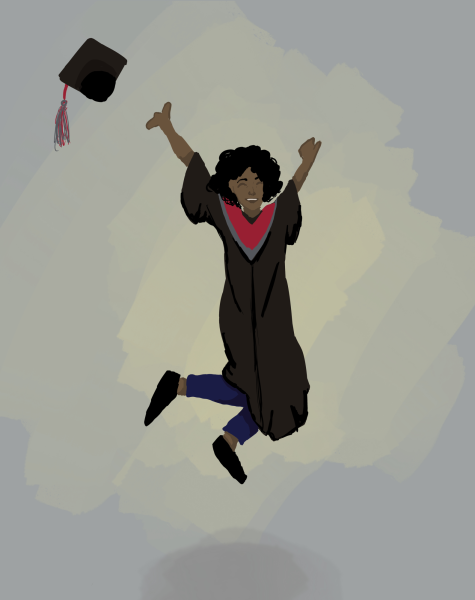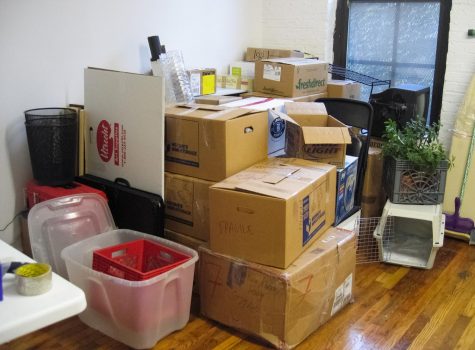WSU Abroad: Leaving Ireland and moving abroad
May 27, 2015
I’m back again, writing you from the Dublin airport as I prepare to say a temporary farewell to this country.
The faculty-led program of history, culture and environment in Ireland is, sadly, over. But my time spent in Europe is not.
I have a few more plans, such as touring Tolkien spots in Oxford and historical sightseeing in Berlin and exploring my religious roots in Rome.
But you’ll read about those later.
Since my last postcard I’ve spent another week in Ireland. That period of time was spent in the towns Listowel, Tralee, and Ardfert; teaching me more about history, culture, and the environment.
The forests of Ireland have a sad history; once dominating the island, they were destroyed by Anglo-Norman invaders as they attempted to move north.
The strong ties between environment and Irish culture made this a devastating move from more than just an ecological perspective, which was something we explored in a walk through preserved forest land with a forester named Kieran.
That same day we braved the sideways rain Ireland is famous for and walked out to a peat bog with Kieran, where environment, history and culture became intertwined.
There is a strong tradition among the Irish regarding the cutting and burning of turf from the peat bogs – but from an environmental perspective, things get more complicated.
Turf burning releases carbon, and the cutting of turf reduces the peat bogs, which regulate water flow in the rivers and prevent the prevalent Irish rain from causing flash flooding.
Additionally, the bogs take thousands of years to grow. But the people don’t like being told not to do something that is so ingrained in tradition.
Seeing the interconnection of nature and culture so close and personally was an irreplaceable experience.
The town in which we stayed, Listowel, is a cultural gem. A town that celebrates writing, one prominent feature is the Writers Museum and the famous Writers Week. Understandably, then, the local favorite pub is called at John B. Keane’s and is owned by none other than John B. Keane’s own son, Billy.
John B. Keane is a famous Irish playwright – one notable work, “The Field'” also focuses on the interaction between culture and environment.
Billy acted as our host to the city and could not have been more gracious. I doubt we would have received such treatment elsewhere.
From free tea in John B’s to lectures guiding us around town, he gave us a true Irish welcome, and we all learned about his father and how important literature can be in shaping a culture.
No matter where you are – Ireland or America, China or Great Britain, it’s important to consider the way you view the world.
Why does any culture see things in a certain way? Why is so much of Ireland still green and empty, and so much of America filled with big cities?
Studying another culture can be the best way to think critically about our own. Thinking about that helps us understand what makes us tick – what makes you, you.
We’re all products of our environment – and environment influences a broader culture.


















